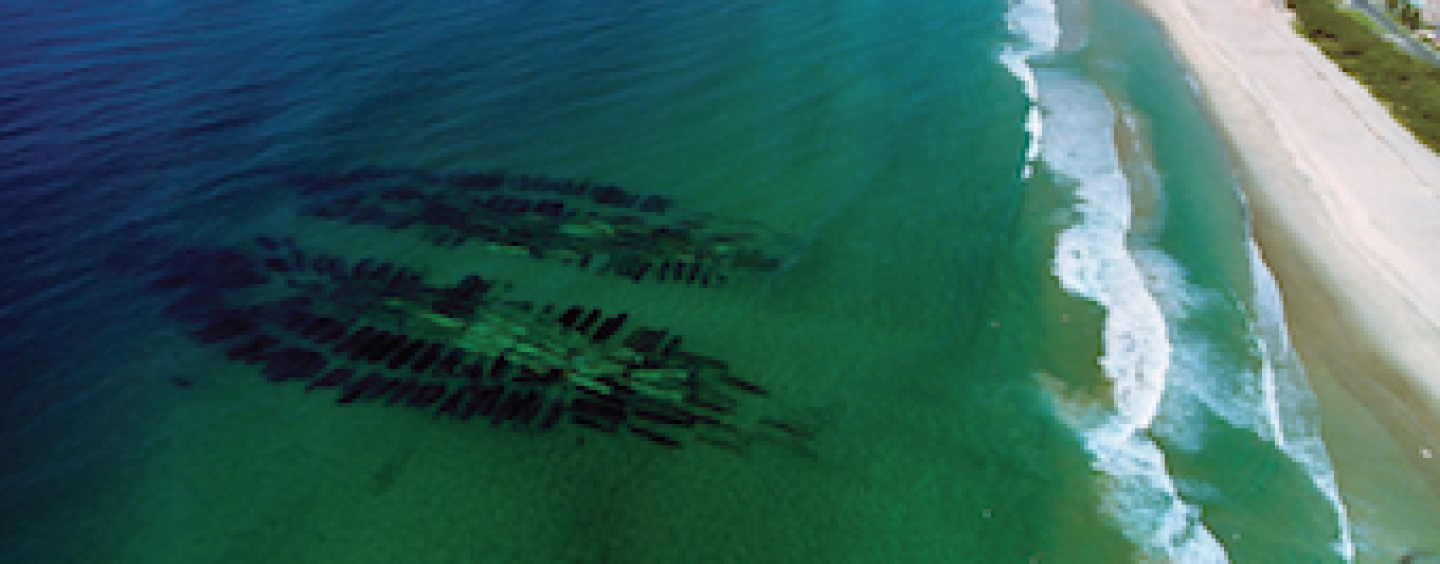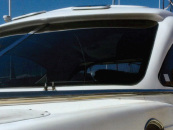Did you know that just off shore at Narrowneck is a reef? A different type of reef you may be familiar with such as a coral reef or a sunken ship wreck. This reef in Narrowneck has been created to help us keep a precious resource plentiful—that resource is sand. It also provides us with some great surfing opportunities along the way!
The coastline is a dynamic system. It is always changing. The Gold Coast is vulnerable to major storms that wash away vast quantities of sand, causing severe erosion to the shoreline that can threaten the dunes, and—in the past—houses and other human structures. During periods of stable weather, lost sand will eventually return to the beach to repair the damage done. But this takes time and a series of storms can be devastating and costly to the community in providing emergency beach repairs.
The City of Gold Coast has world renowned beaches and the community recognises the value our beaches provide for our social, economic and environmental wellbeing. It is not desirable to lose a lot of sand in one go, and places like Narrowneck are particularly vulnerable to storm damage and severe loss of sand. In order to protect the beaches further north from Narrowneck from losing too much sand a number of studies in the 1990’s suggested that the creation of an artificial reef would help protect this part of the coast.
A number of options of artificial reef types were studied and a preferred design was chosen. The final design was in the shape of a split “v”. This design was excellent at intercepting and slowing the movement of sand northwards along the beach and also slowing the amount of wave energy that has the potential for removing sand from the beach during storm events. This ‘reef’ was to be created out of sand-filled bags. These were not your ordinary sandbags, but are specialised fabric bags, 20 metres by 4.5 metres in size. The scale of this project required a special barge to be positioned by Global Positioning Systems (GPS) so that the bags could be accurately placed on the sea floor. The work on the reef commenced in August 1999 and was completed by December 2000.
Some 400 ‘mega’ bags were filled with sand and placed in the split “v” formation on the sea floor creating an artificial reef, 450 meters long by 250 meters wide. Once the ’reef’ was put in position, extensive ocean and beach surveys have been carried out to ensure that the original objectives have been achieved.
Happily, this initiative appears to be very successful with sand loss on the beaches being reduced over the years since its creation. There has been the additional bonus of creating a whole new habitat. This new artificial reef habitat is now thriving with all sorts of marine life, including corals, fish and turtles calling Narrowneck home.
By Maggie Muurmans (Griffith Centre for Coastal Management)



























